By Roy Morris Jr.
Peering through the predawn darkness at the slowly emerging shoreline 300 yards away, the little man with the famous name prepared once again to set foot in France as a soldier of the liberation. As the time neared 6:30 am on D-day, June 6, 1944, Brig. Gen. Theodore Roosevelt, Jr., would not have wanted to be anywhere else.
Indeed, Roosevelt had been forced to beg repeatedly for the opportunity to land with his soldiers on Utah Beach. As he explained to his immediate superior, Maj. Gen. Raymond O. “Tubby” Barton, commanding officer of the 4th Infantry Division, “It will steady the boys to know I am with them. They’ll figure that if a general is going in, it can’t be that rough.”
Now, bobbing alongside the troops in a wildly careening LCVP, Roosevelt gripped the walking cane he used to get around on his bum left knee—the unwelcome souvenir of a German machine-gun bullet he had taken at Ploisy, near Soissons, in July 1918. He had already used his cane to fend off the well-intentioned assistance of one of his men as they got ready to jump into the landing craft from their transport ship Bayfield, 11 miles off the French coast. “Get the hell out of my way,” Roosevelt had growled good-naturedly. “I can jump in there by myself. I can take it as well as any of you.”
No one who knew Ted Roosevelt doubted the truth of that statement. At 57, he was the oldest man in the entire Allied invasion force now in the midst of storming ashore on the northern coast of France in the greatest amphibious assault in military history. He would be the only general to personally hit the beach on D-day, a fitting feat for the first-born son of the legendary adventurer who had led his fabled Rough Riders up San Juan Hill almost exactly 46 years earlier.
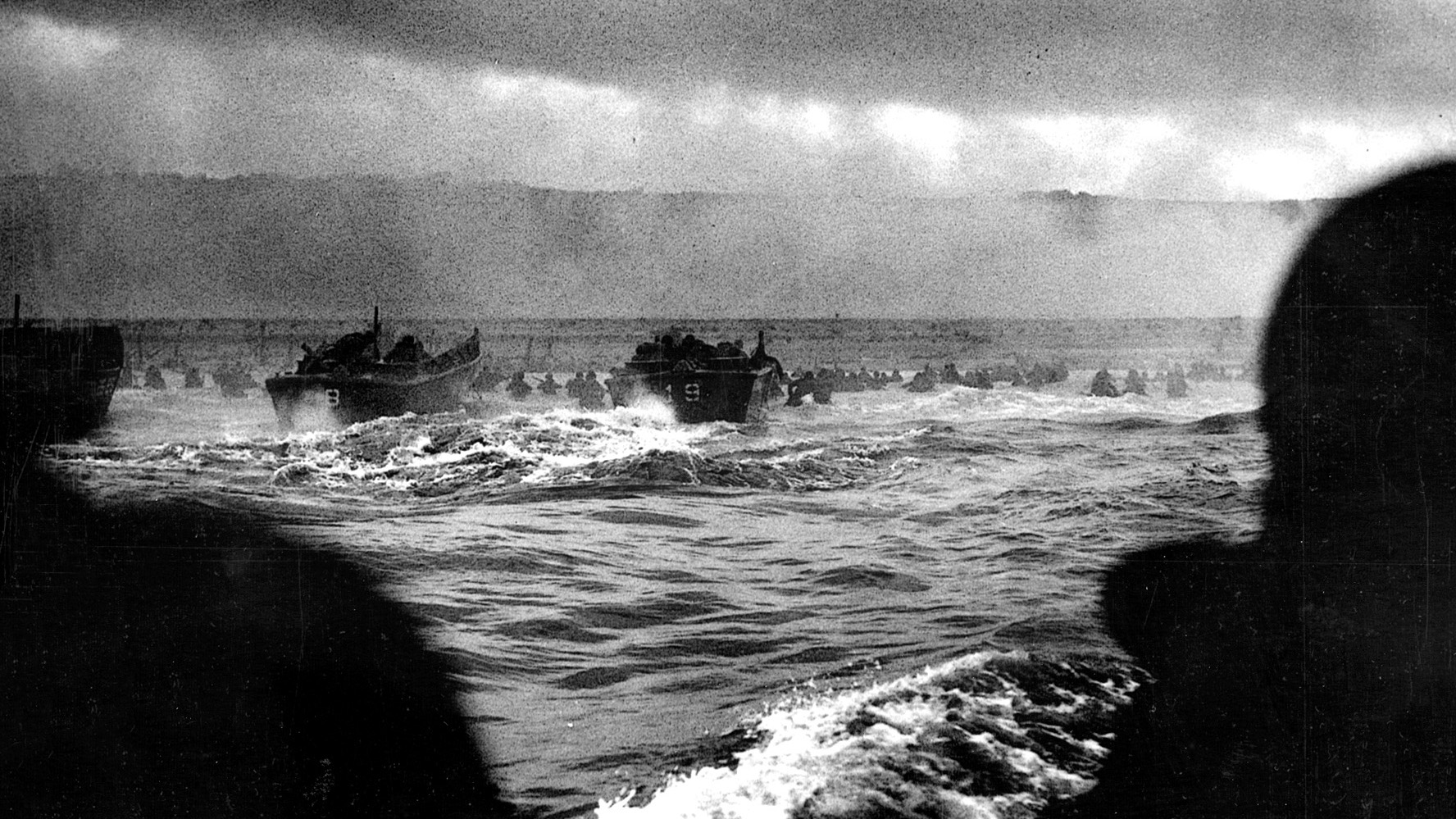
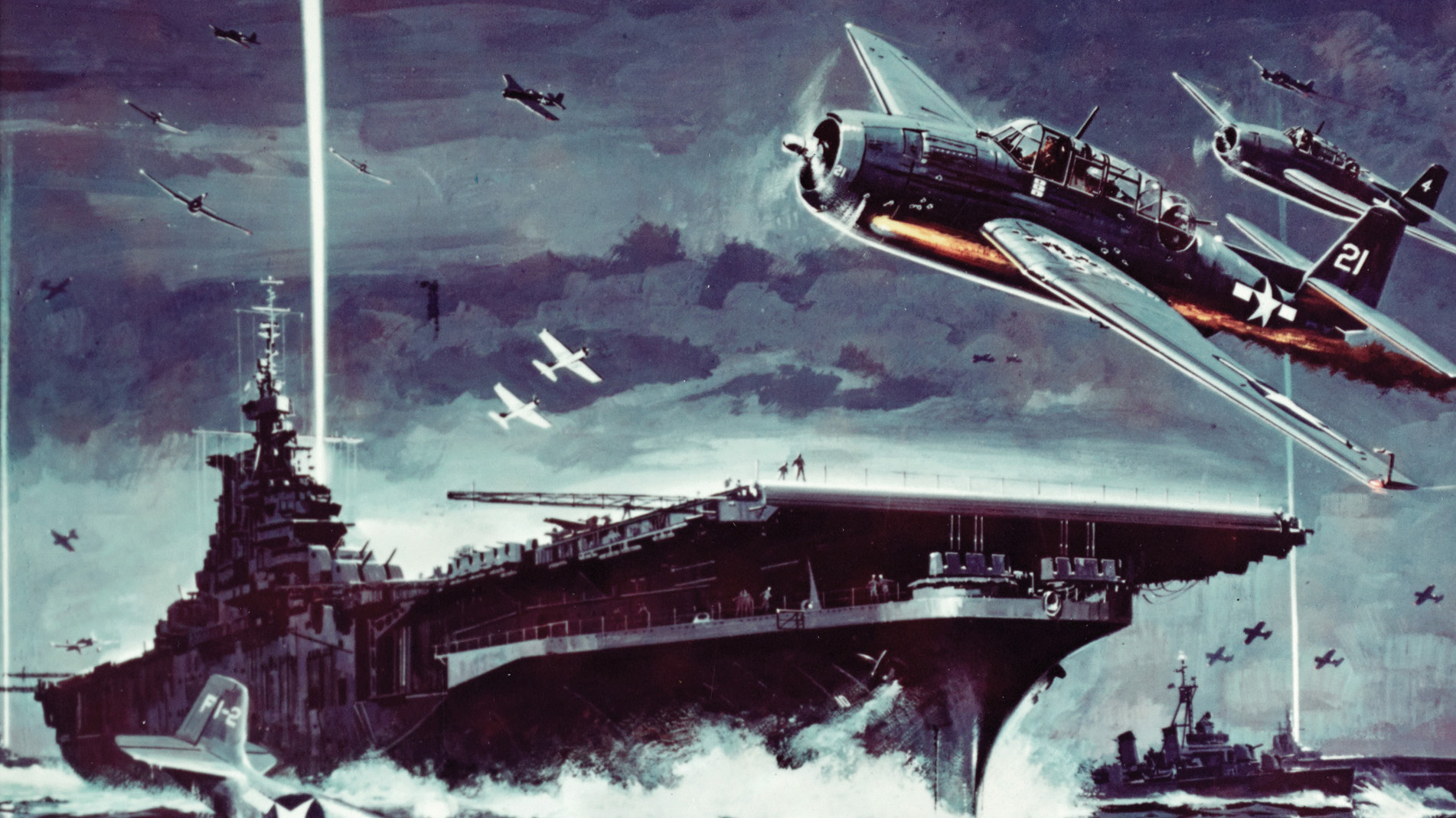
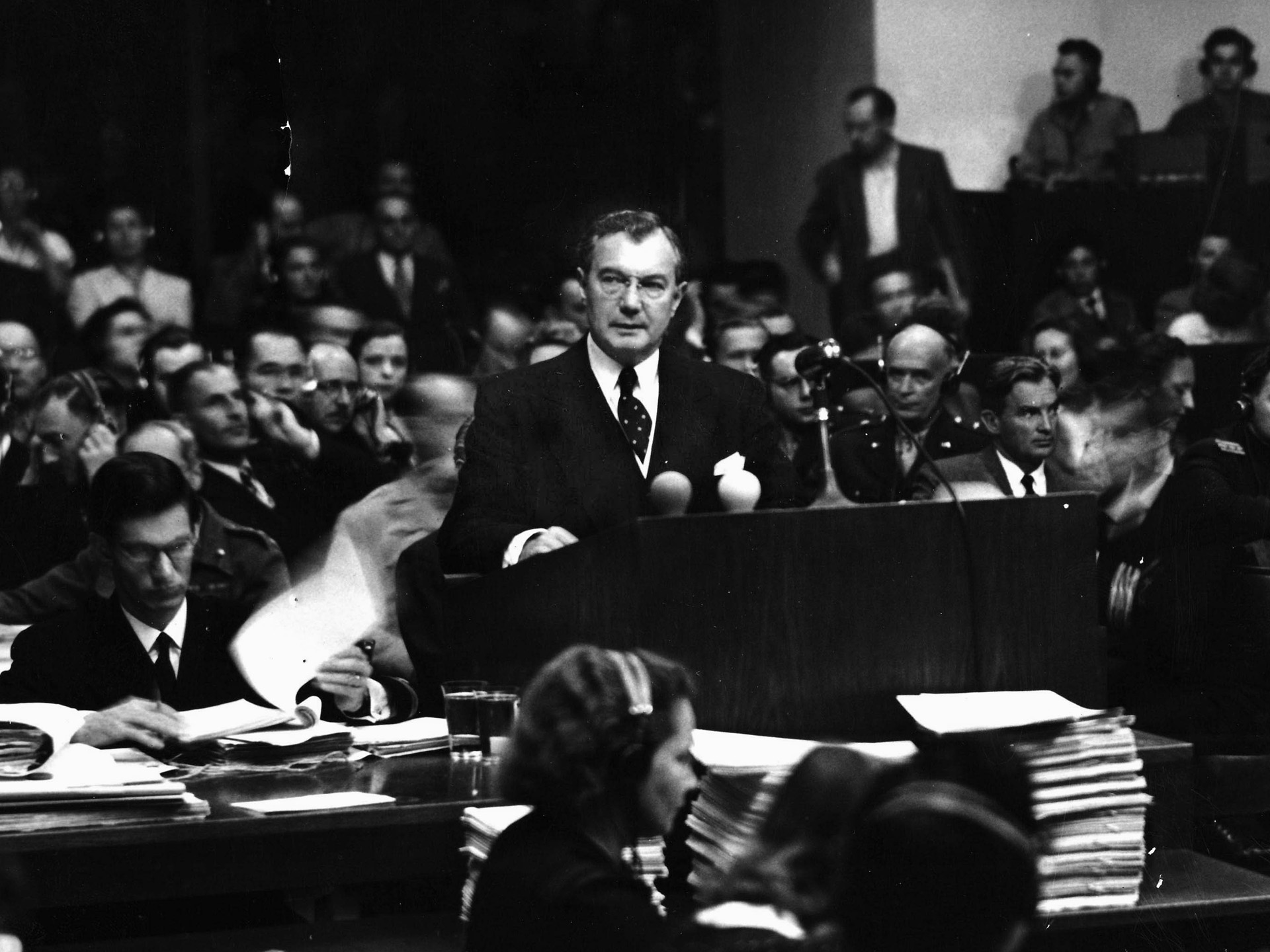
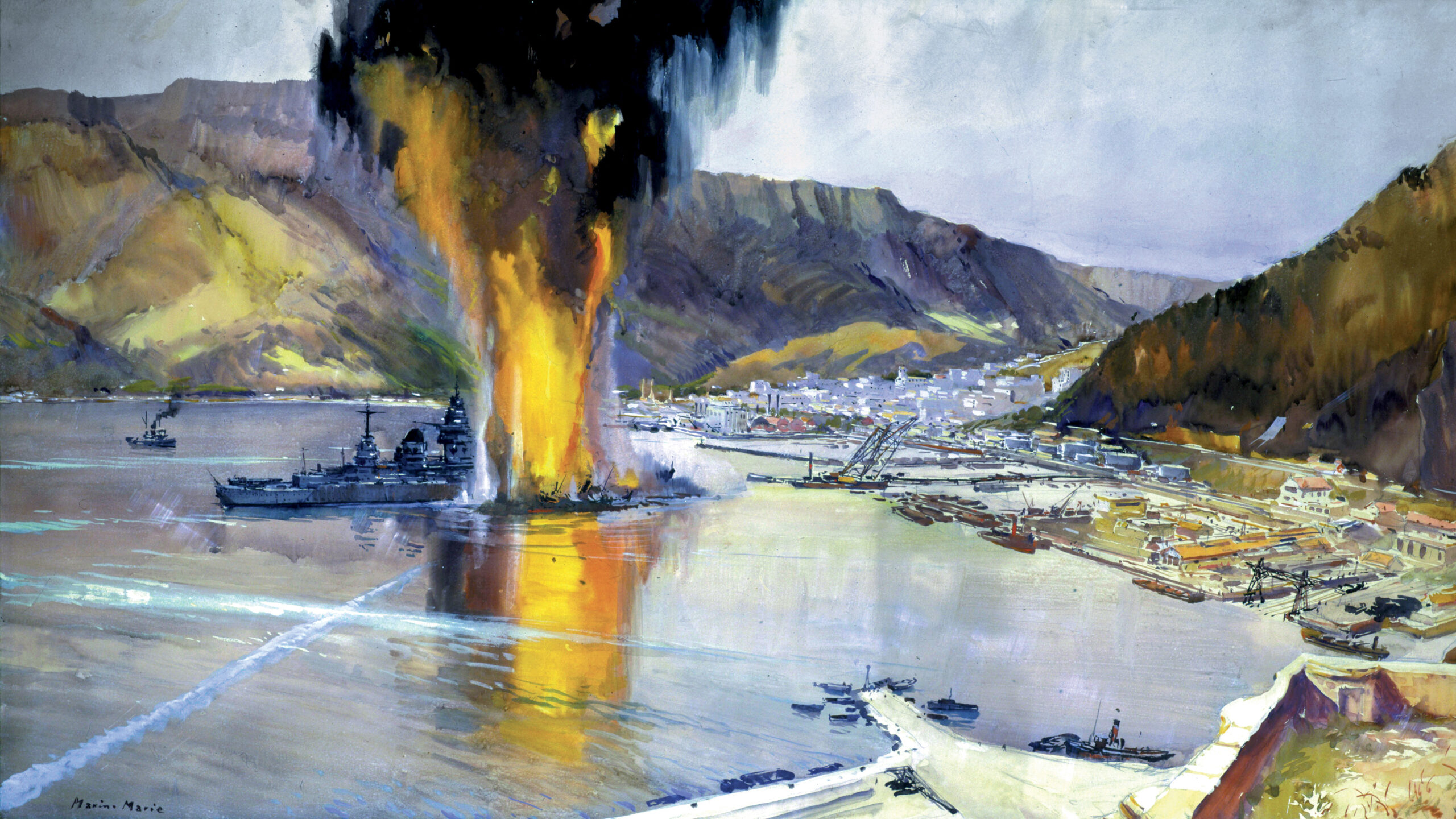
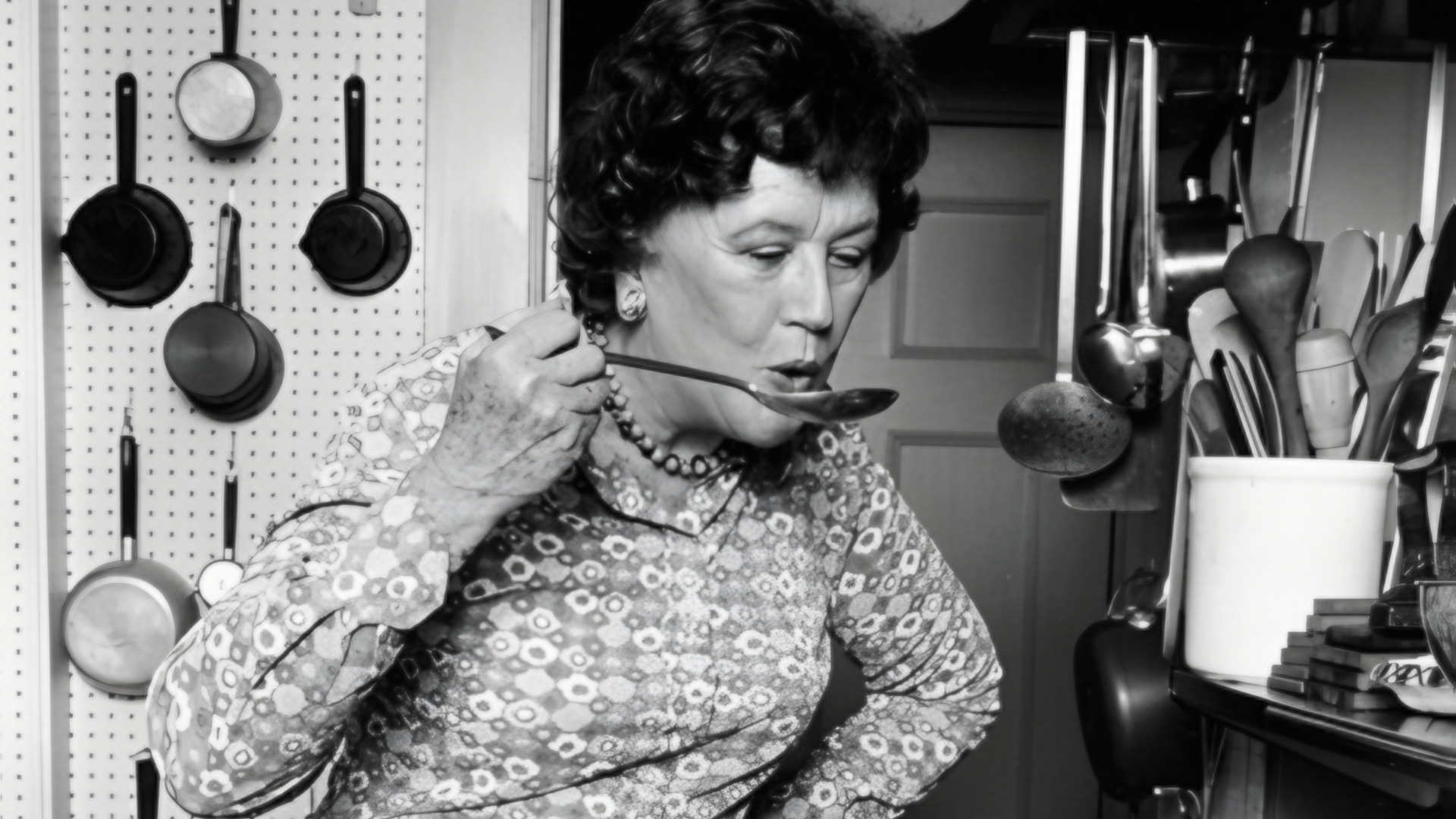
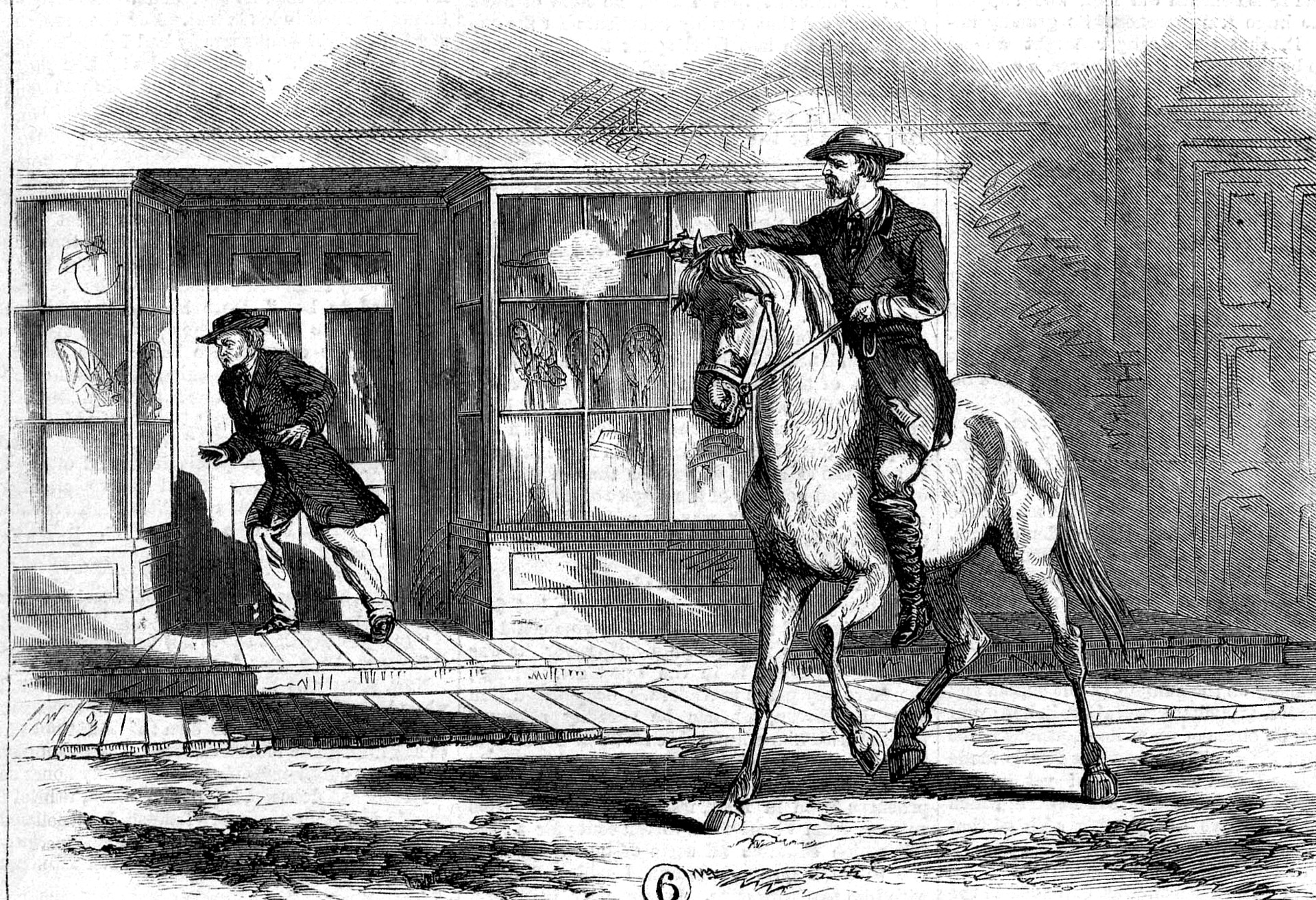
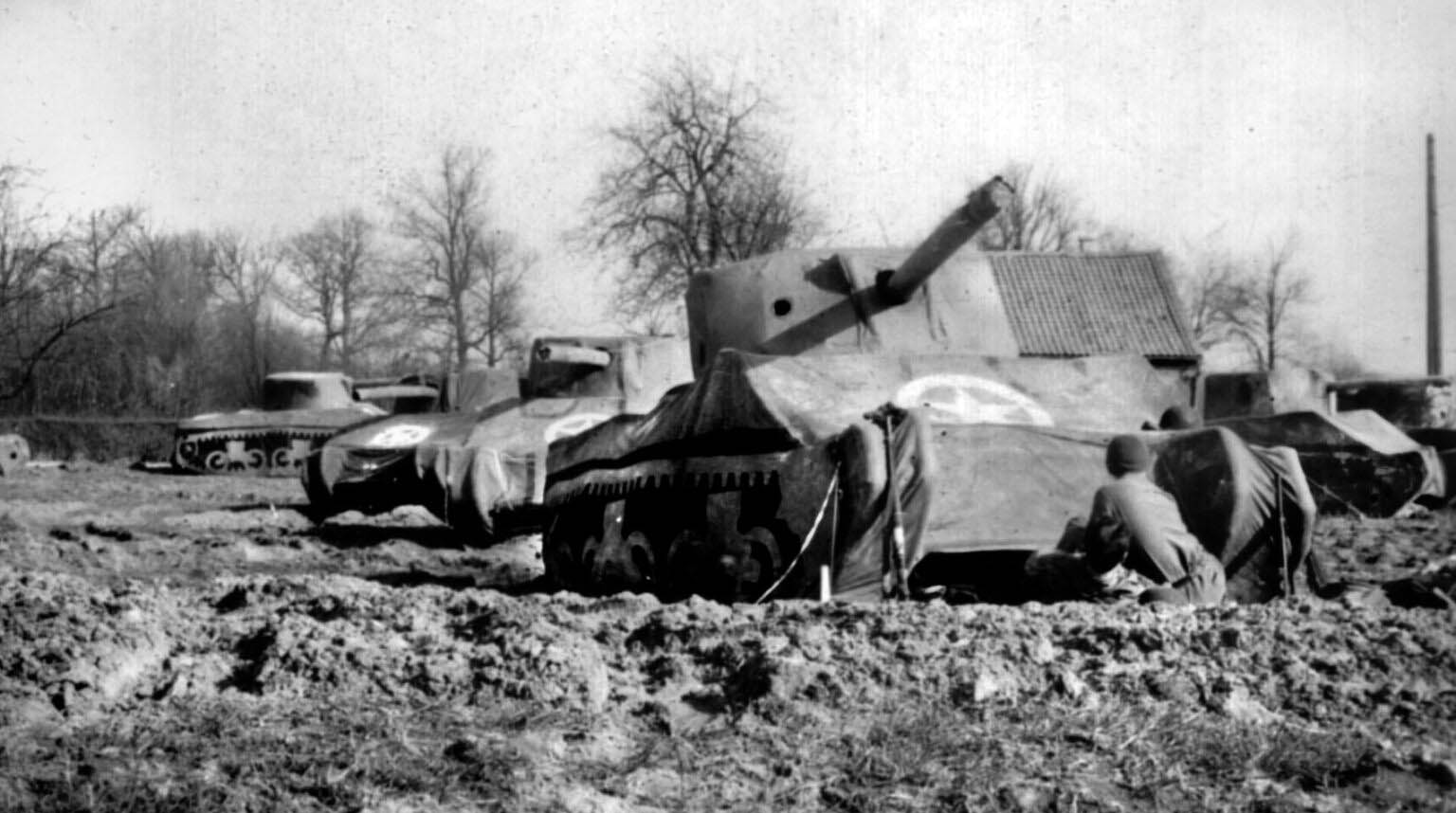
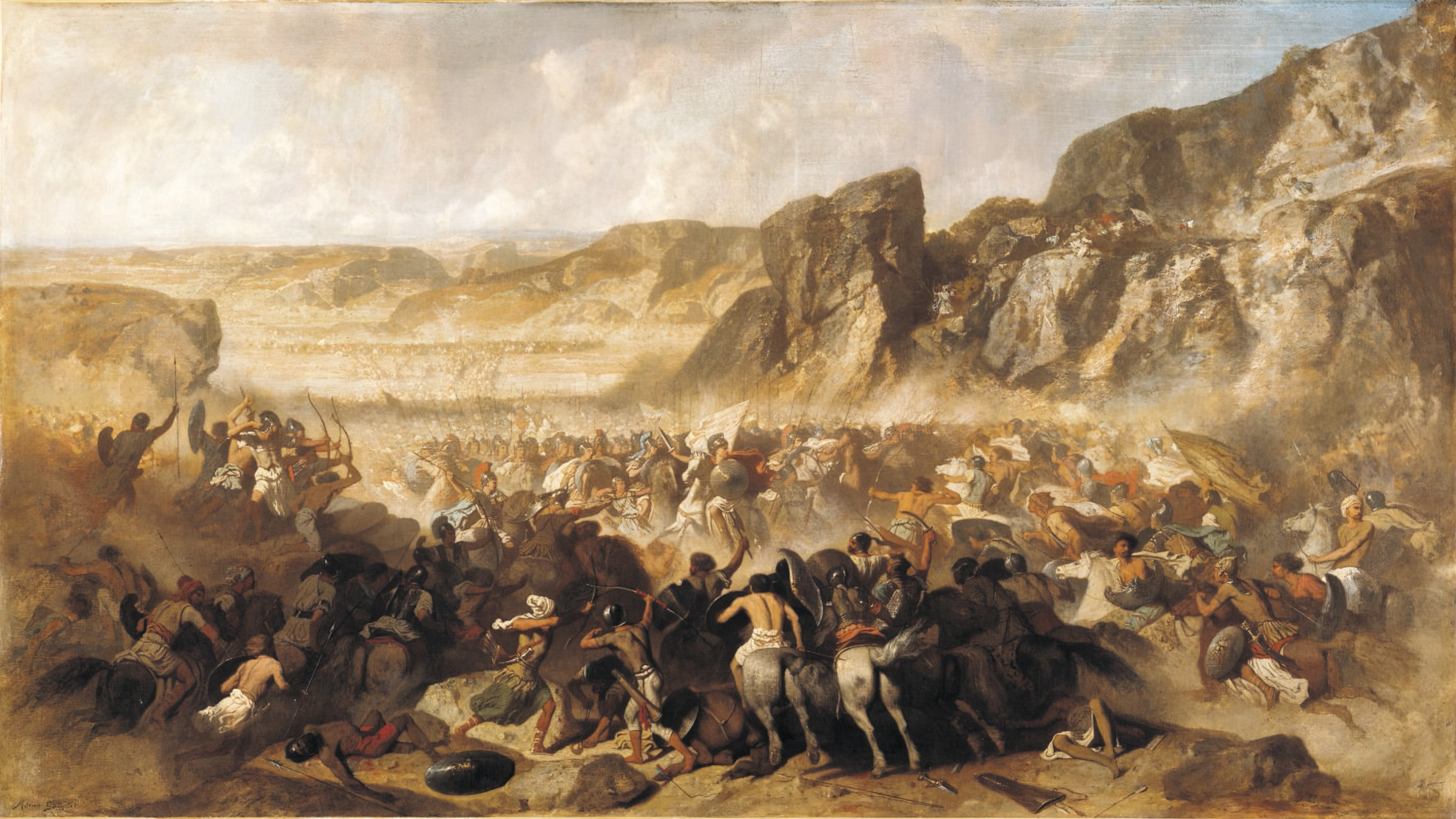
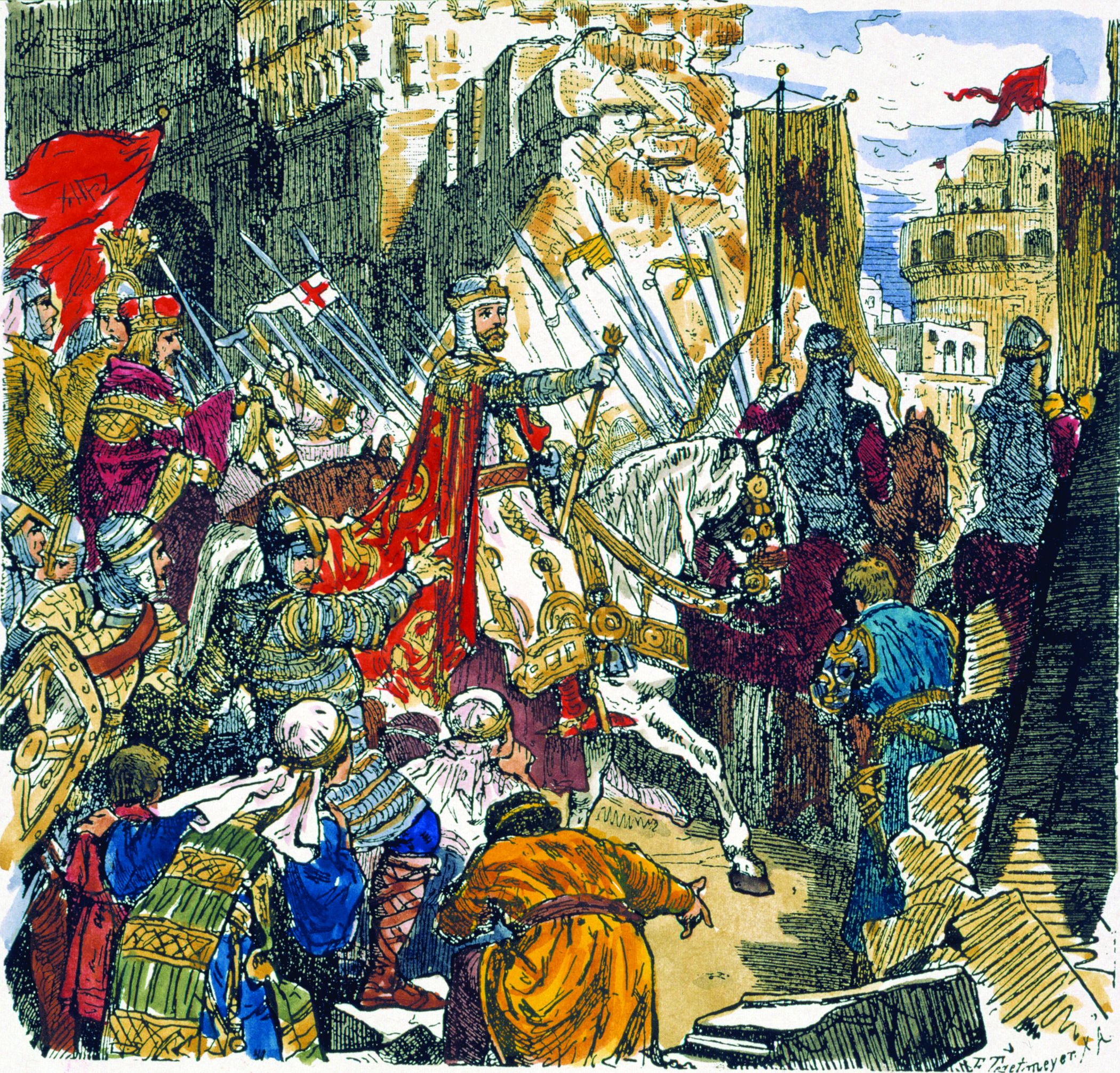
Look carefully at the photo of the GI with his prisoners…two of them are wearing Italian Army uniforms.